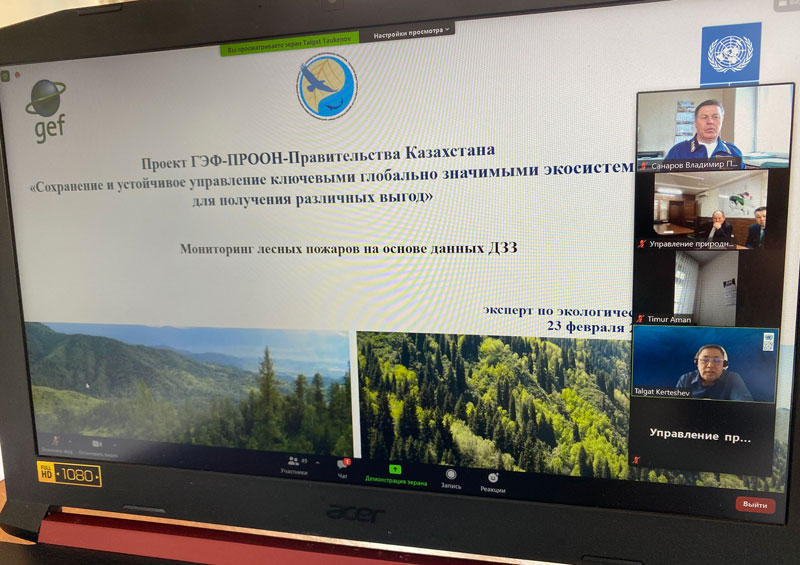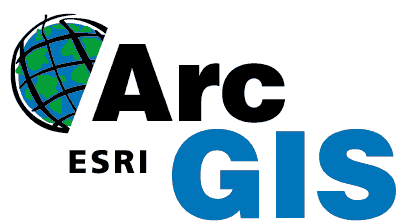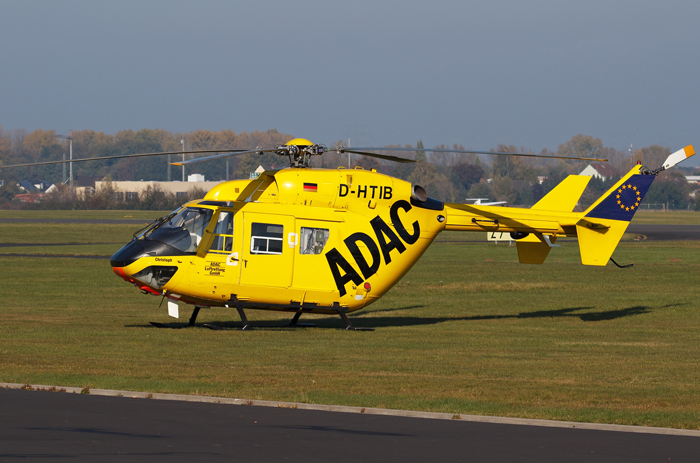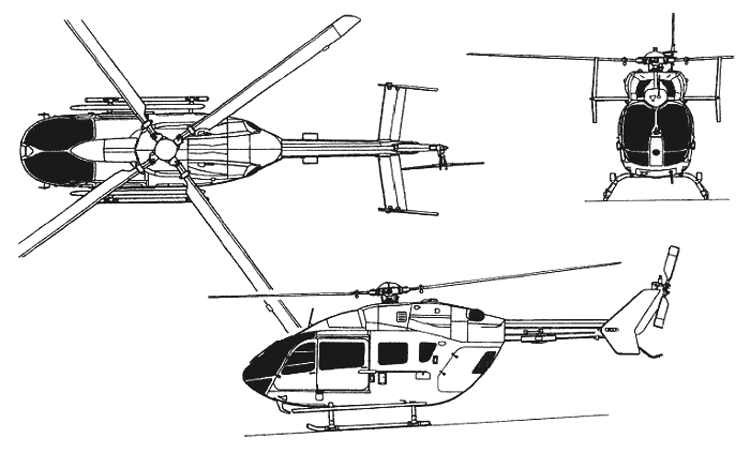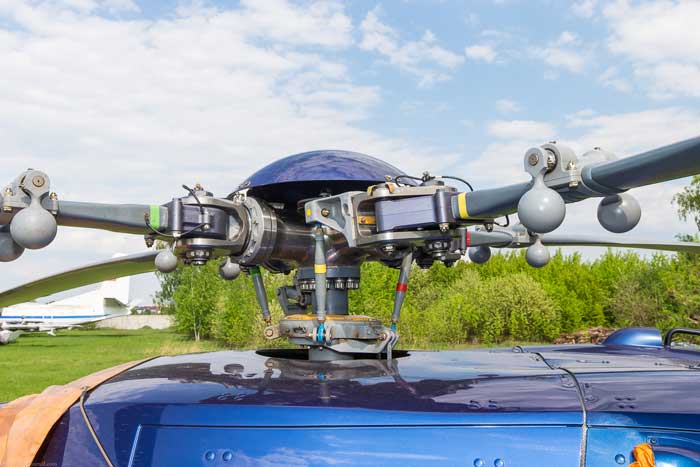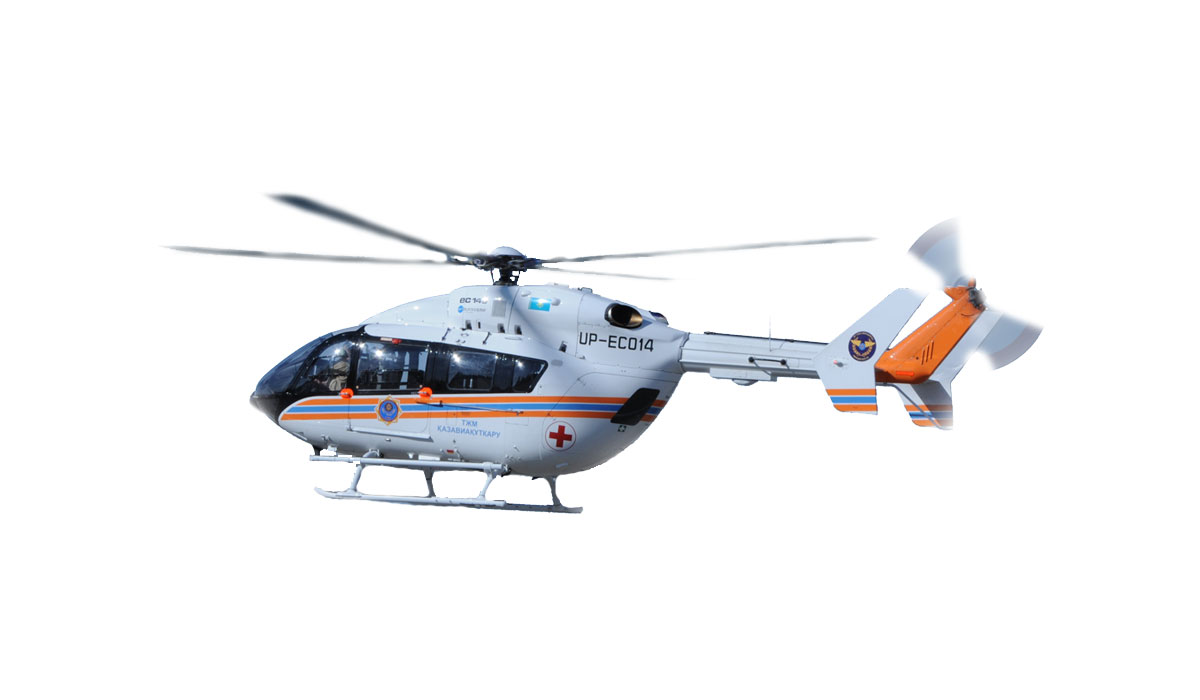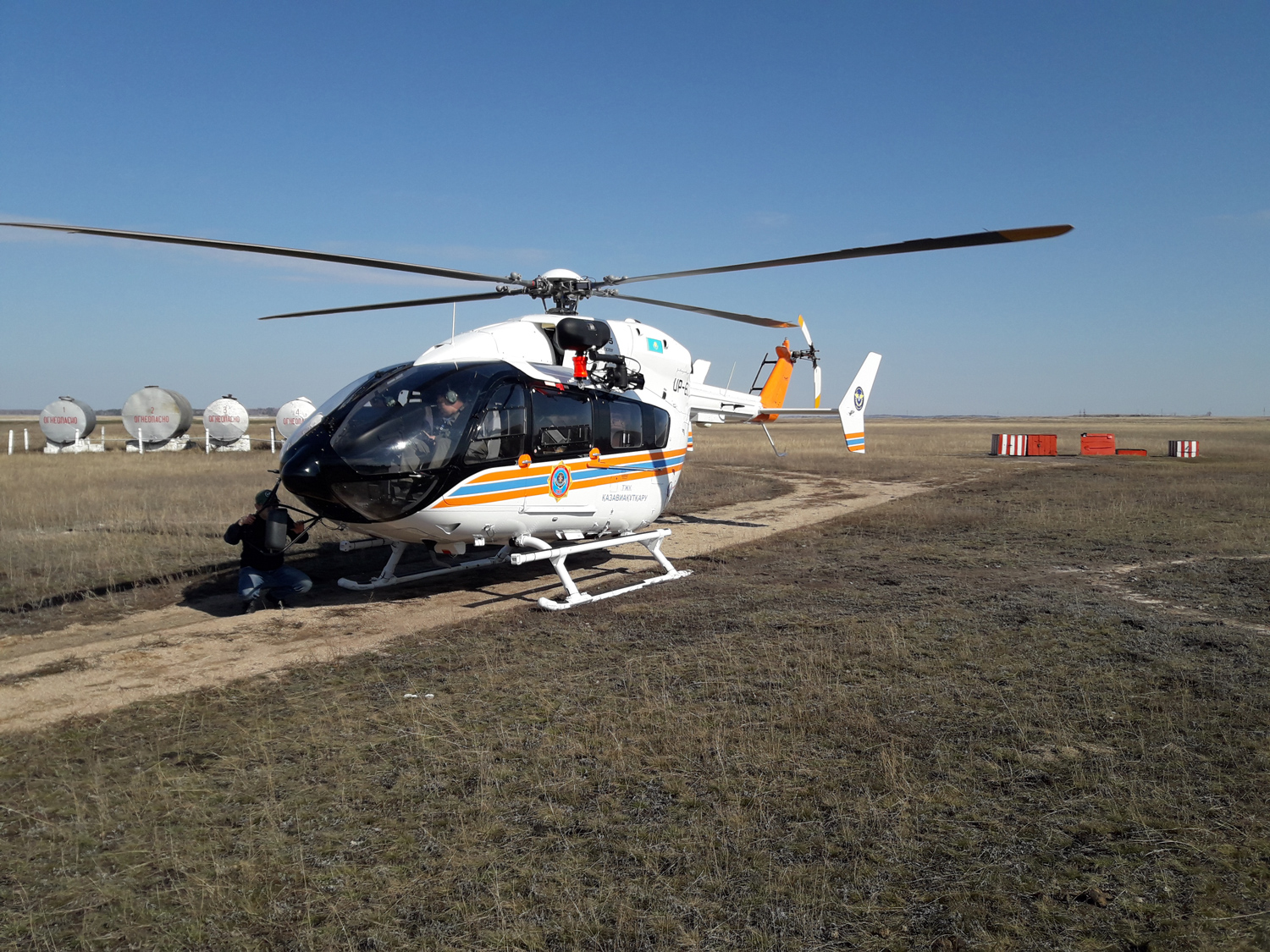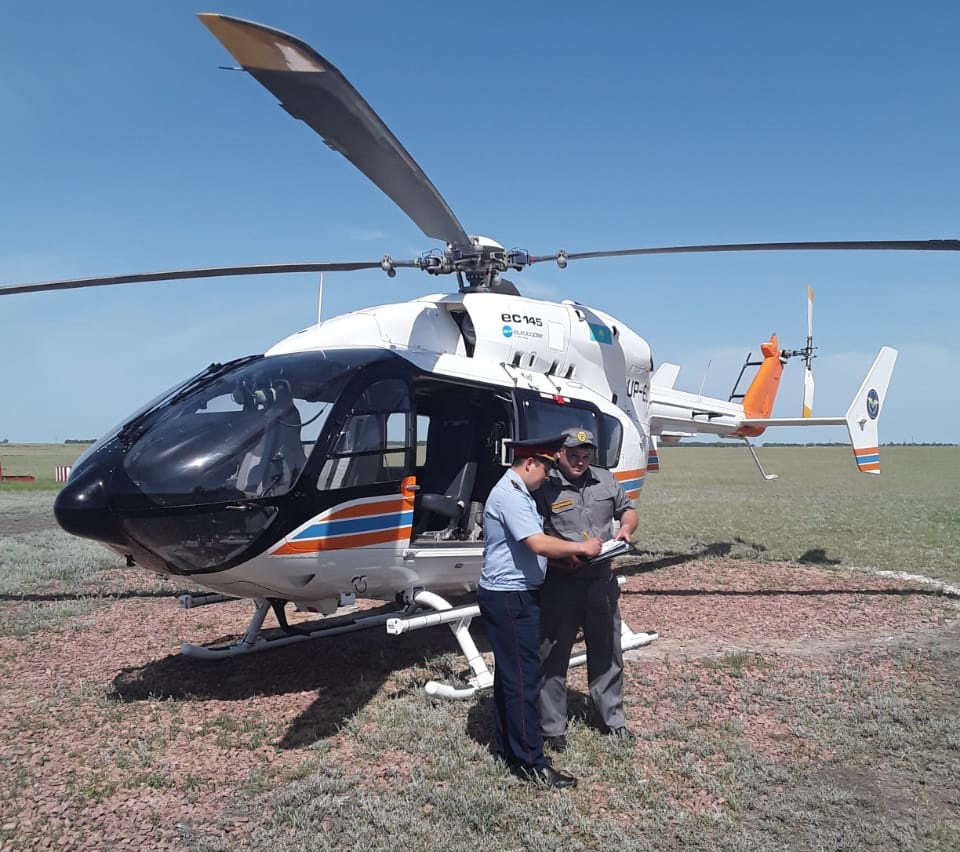Guarding the Forest - Cessna 182 Skylane
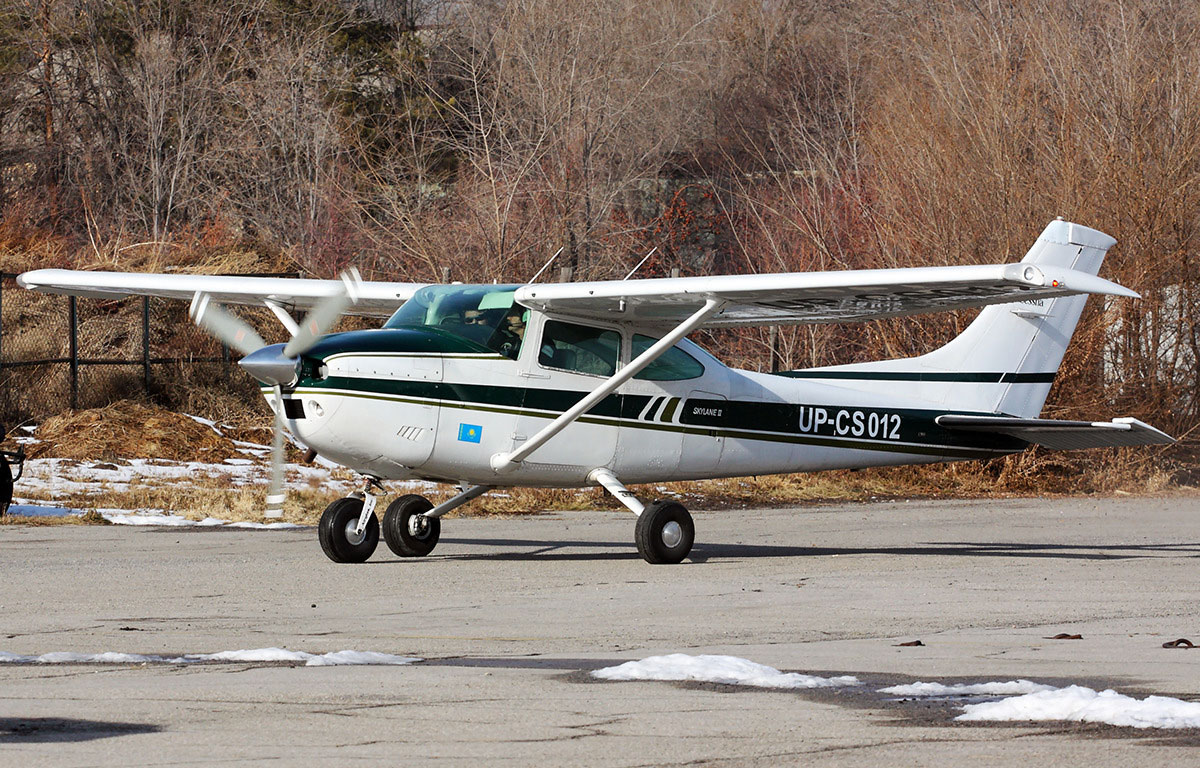

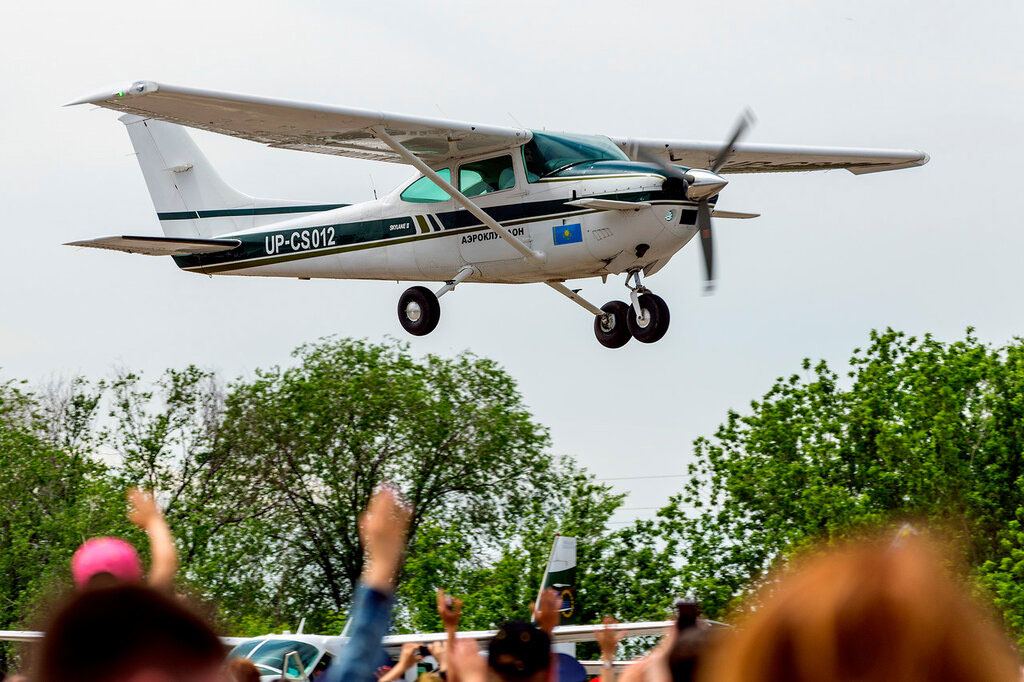
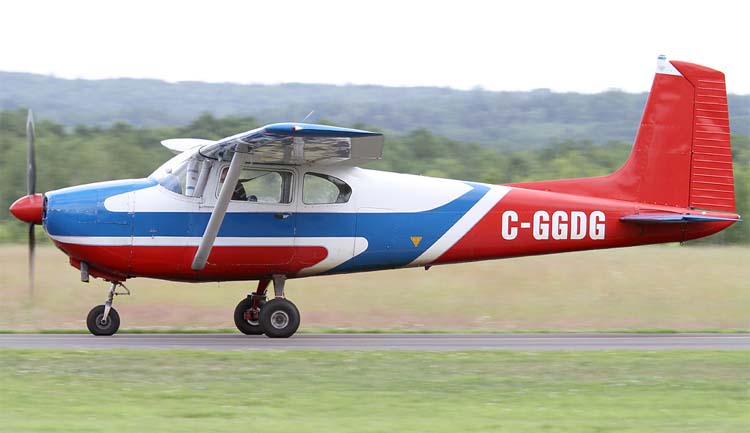
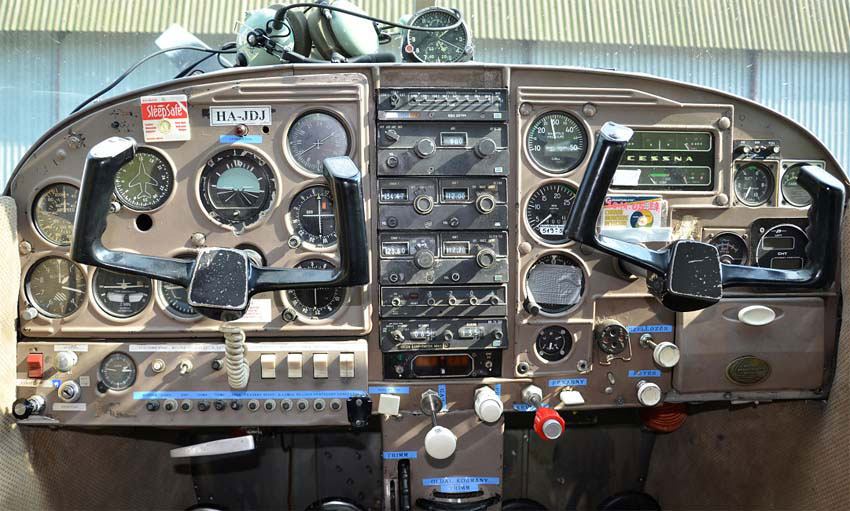
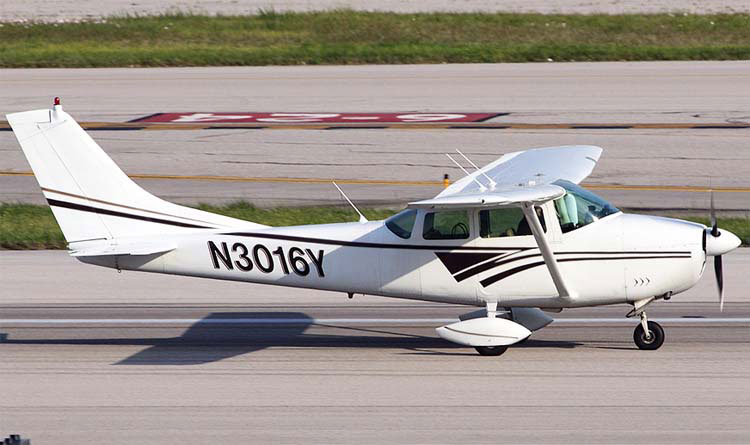

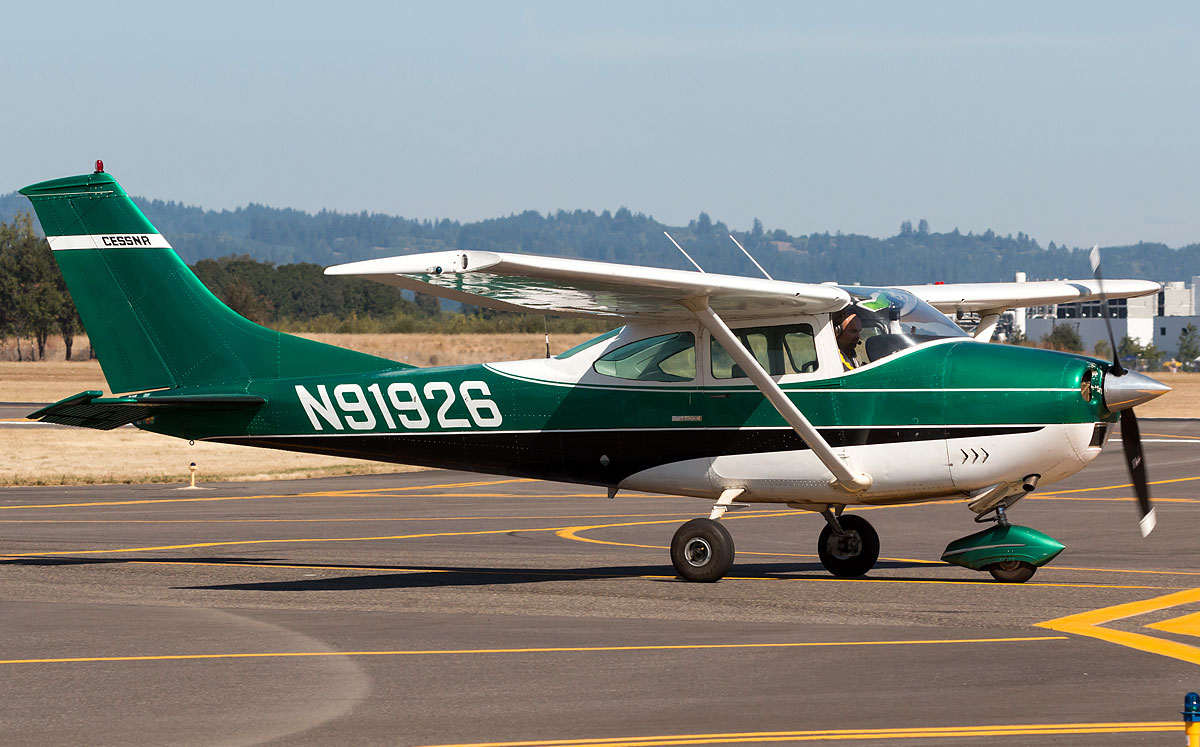

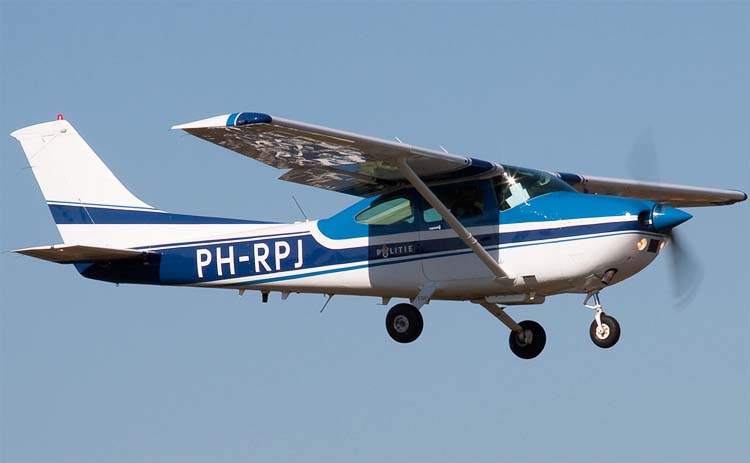
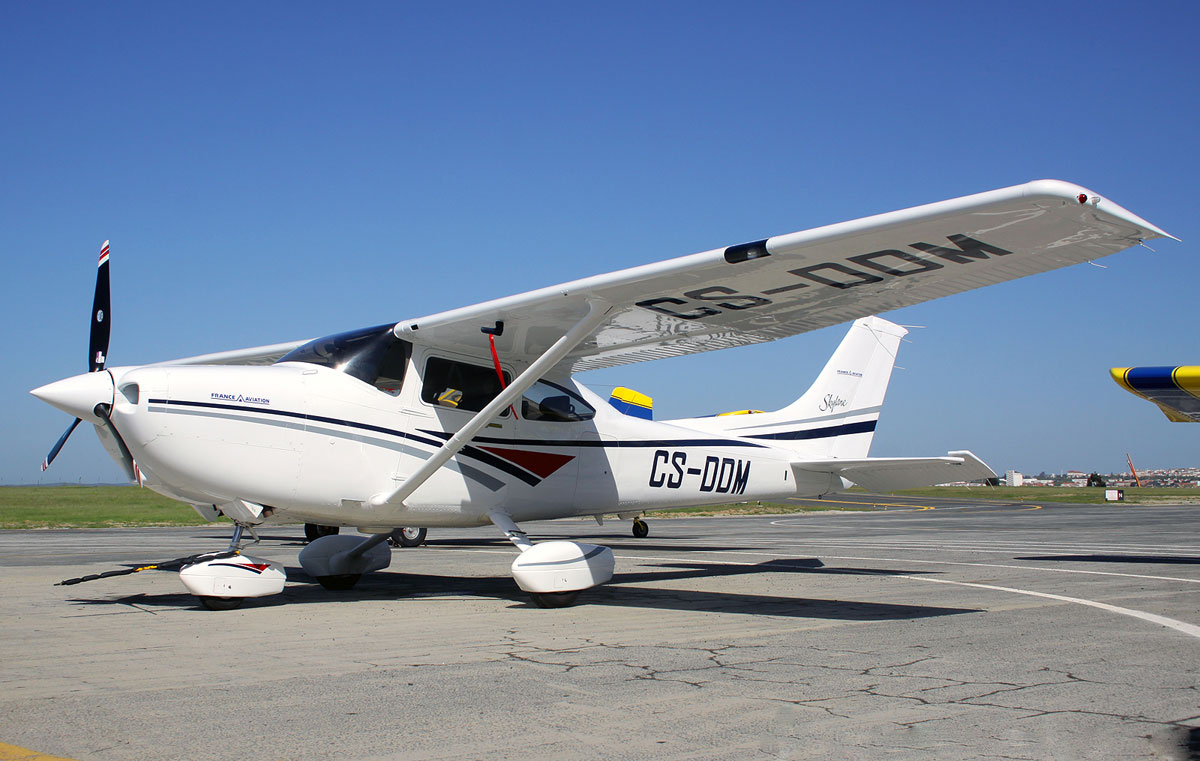
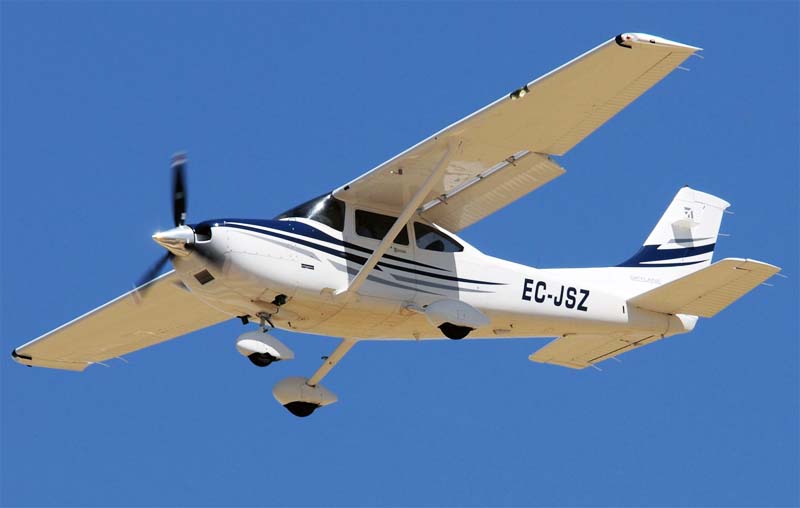
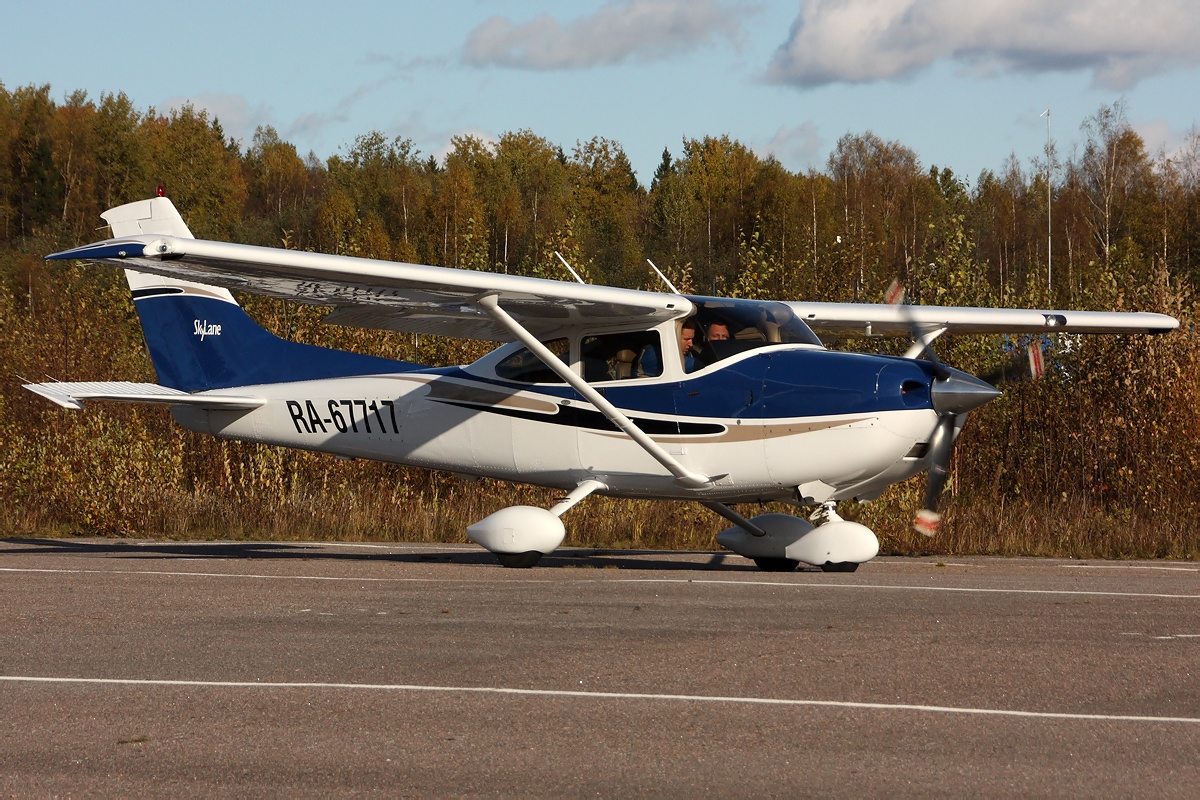
Cessna T182 Skylane


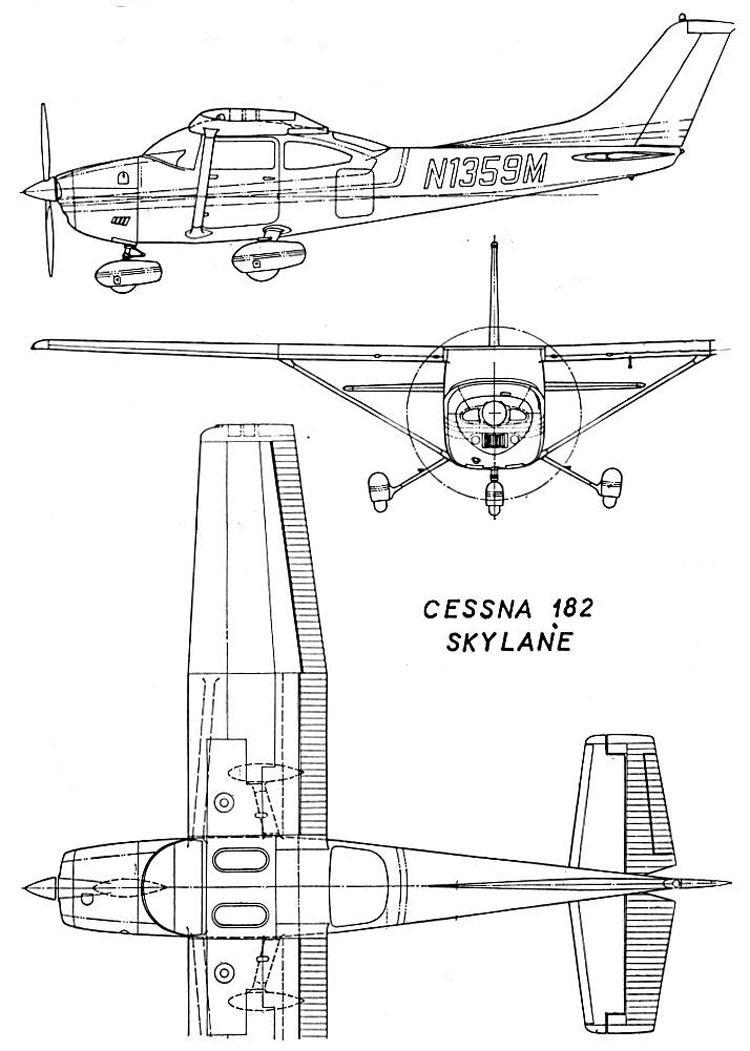
















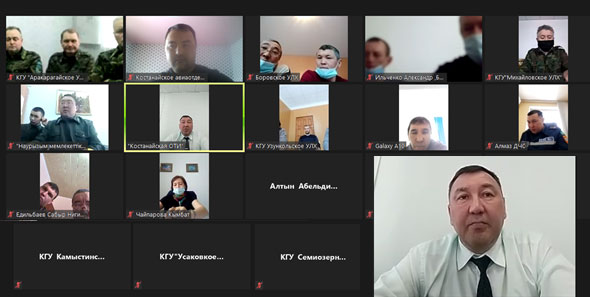

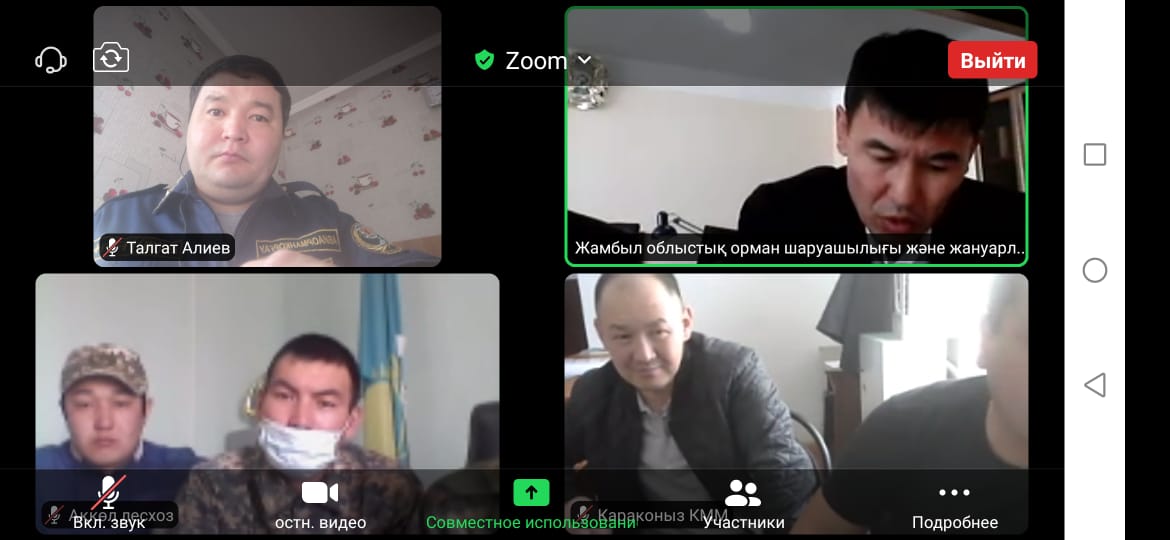
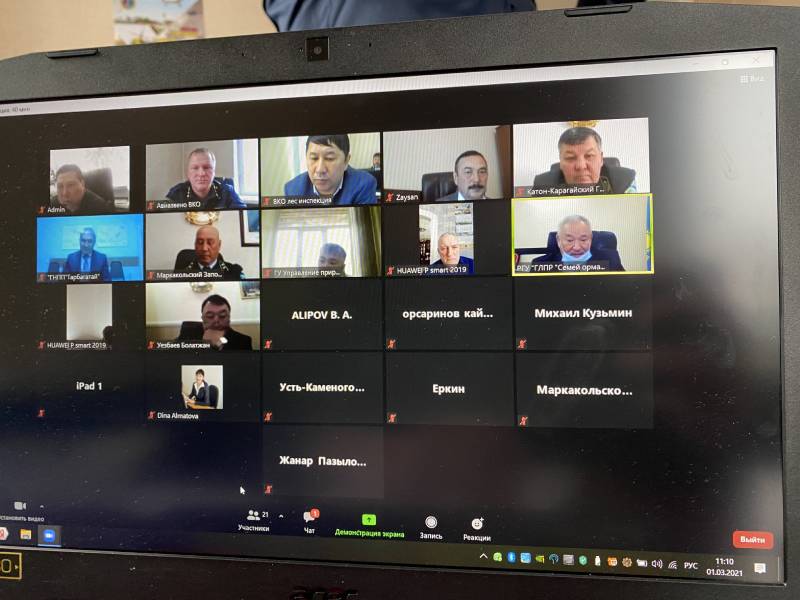

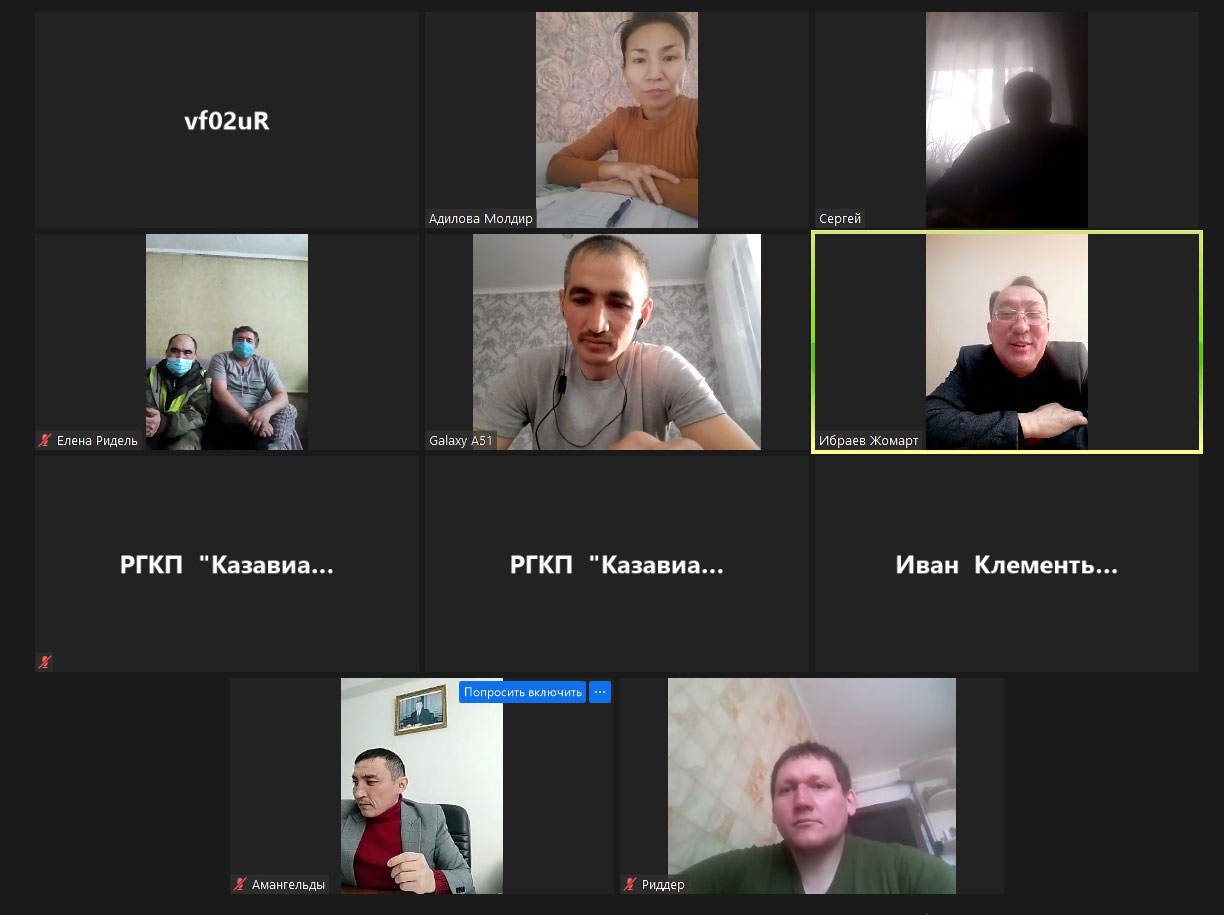
During the meeting, the head of the legal department Ibrayev Zh.O. spoke:
In order to prevent corruption in the quasi-public sector, the Agency initiated the introduction of the institution of compliance services responsible for compliance with corporate integrity standards. From October 17, 2020, such an institution has been introduced at the legislative level. Corresponding amendments were made to the Law "On Combating Corruption". For the quasi-public sector, this rule is mandatory. On the basis of a letter of recommendation from the Agency of the Republic of Kazakhstan for Combating Corruption (Anti-Corruption Service) entry No. 31-21 dated 01/12/2021, a compliance service was created at the Enterprise by assigning the function of this service to the legal department of the enterprise. The activities of the Compliance Service are carried out in accordance with the requirements of the Law of the Republic of Kazakhstan "On Combating Corruption", in pursuance of the "Action Plan for the Implementation of the Anti-Corruption Program", "Anti-Corruption Strategy of the Republic of Kazakhstan for 2015-2025", "Messages of the President of the Republic of Kazakhstan" Strategy "Kazakhstan-2050": a new political course of the established state ", as well as the provisions of the" Plan of the nation "100 concrete steps" for the implementation of 5 institutional reforms "and within the framework of the developed and approved" PLAN of work in the Republican State Enterprise "Kazavialesoohrana" for the prevention of corruption offenses " with the adoption to the management of the guidelines for organizing the institution of anti-corruption compliance in the subjects of the quasi-public sector, approved by the Chairman of the Agency of the Republic of Kazakhstan for Combating Corruption (Anti-Corruption Service) dated 30.12.2020.
For information
The Republic of Kazakhstan has modern anti-corruption legislation, the basis of which is the laws "On Combating Corruption" and "On the Civil Service of the Republic of Kazakhstan", a number of program documents are also being implemented, a special authorized body has been formed that comprehensively implements functions in the field of civil service and combating corruption, is actively implemented international cooperation in the field of anti-corruption activities. In 2019, the structure of the Authorized Anti-Corruption Body was changed by separating the Anti-Corruption Agency of the Republic of Kazakhstan (hereinafter - the Anti-Corruption Body) into a separate department, in which a number of new divisions were created, including the Department for Investigation of Cases in the Quasi-Public Sector ... Subparagraph 31 of Article 3 of the Budget Code of the Republic of Kazakhstan establishes that state enterprises, limited liability partnerships, joint stock companies, including national management holdings, national holdings, national companies, the founder, participant or shareholder of which is the state, as well as subsidiaries, dependent and other legal entities that are affiliated with them in accordance with the legislative acts of the Republic of Kazakhstan are subjects of the quasi-public sector. The main legislative act in the field of combating and combating corruption both in the public service and in the subjects of the quasi-public sector is the Law of the Republic of Kazakhstan "On Combating Corruption" dated November 18, 2015.
The main innovations of the Law of the Republic of Kazakhstan "On Combating Corruption" (as opposed to the previous one) include:
- focus on the application of preventive measures to combat corruption;
- Expansion of the range of anti-corruption actors (along with the anti-corruption body, they include practically all state bodies, public associations, legal entities and individuals, including subjects of the quasi-public sector);
- introduction of a system of anti-corruption measures, the implementation of some of which is entrusted to the subjects of the quasi-public sector;
- distinction between corruption offenses.
The Law of the Republic of Kazakhstan "On Amendments and Additions" to Certain Legislative Acts of the Republic of Kazakhstan on Civil Service and Anti-Corruption Issues "No. 273-VI ZRK dated November 26, 2019 amended a number of regulatory legal acts, including the ZRK" On Anti-Corruption ", further on text - Law.
The main changes in the Law concerning the activities of the KMG group of companies:
1. Disciplinary responsibility has been introduced for the heads of the quasi-public sector entities for non-fulfillment or improper fulfillment of official duties to prevent the commission of corruption offenses by subordinate employees (paragraph 1-1 of Article 22 of the Law).
2. The concept of a Person performing managerial functions in a state organization or a subject of a quasi-public sector has been introduced - this is a person who permanently, temporarily or by special authority performs organizational and administrative or administrative functions in these organizations (subparagraph 2-1 of Article 1 of the Law). Administrative and economic functions - the right to manage and dispose of property on the balance sheet of an organization granted in the manner prescribed by the law of the Republic of Kazakhstan (subparagraph 1 of Article 1 of the Law); organizational and administrative functions - the right, granted in the manner prescribed by the law of the Republic of Kazakhstan, to issue orders and orders that are binding on subordinates in the service, as well as to apply incentives and disciplinary sanctions in relation to subordinates (subparagraph 14 of Article 1 of the Law). Administrative and economic functions - the right to manage and dispose of property on the balance sheet of an organization granted in accordance with the procedure established by the law of the Republic of Kazakhstan (subparagraph 2-1 of article 1 of the Law).
3. The concept of "Officials” excludes persons performing organizational, administrative and administrative functions in the subjects of the quasi-public sector. In this regard, the restrictions provided for in Article 13 of the Law no longer apply to persons carrying out activities in the subjects of the quasi-public sector.
4. The system of anti-corruption measures includes the conduct of scientific anti-corruption expertise of draft regulatory legal acts in accordance with the legislation of the Republic of Kazakhstan.
5. The powers of the Anti-Corruption Body, provided for in Article 21 of the Law, are supplemented by the right to request information and materials from subjects of the quasi-public sector in the manner prescribed by the legislation of the Republic of Kazakhstan. Taking into account the new interpretation of Article 11 that persons performing managerial functions in a quasi-public sector entity are equated to persons authorized to perform public functions, we draw attention to the correct observance of this Article of the Law. The law provides for two versions of Article 11 of the Law: the current one, in effect until January 1, 2021, and the second, which will be in effect after this date. In the current version of Article 11 of the Law, for a period until January 01, 2021, declarations of income and property, as well as information on bank deposits, participation in legal entities, trusts, etc., are submitted only by candidates for a position related to the performance of functions equated to state functions and their spouses. Such candidates submit to the company the relevant certificates of submission of the declaration before the appointment. According to Article 11, introduced from January 1, 2021, persons equated to persons authorized to perform public functions and their spouses will have to submit regular income and property declarations. The information contained in the declarations will be released to the public. Previously, the Law and the Code of Administrative Offenses of the Republic of Kazakhstan did not contain the concept of offenses regarding the procedure for the procurement of goods, works, services and did not provide for disciplinary liability of heads of quasi-public sector entities for non-performance or improper performance of official duties by subordinate employees. Now these violations are classified as disciplinary offenses, and provide for disciplinary liability of the heads of the subjects of the quasi-public sector for non-performance or improper performance of official duties to prevent the commission of corruption offenses by subordinate employees.
Moreover, the legislator has identified a number of offenses in the area of violation of the procedure for procurement of goods, works, services, where the Code of the Republic of Kazakhstan "On Administrative Offenses" provides for liability for their commission, namely: Article 207-1. Violation of the procedure for the procurement of goods, works, services of national management holdings, national holdings, national companies and organizations, fifty or more percent of voting shares (stakes in the authorized capital) of which directly or indirectly belong to the national management holding, national holding, national company.
1. Establishment of qualification requirements in the tender documentation (auction documentation) for potential suppliers that are not provided for by the procurement procedure, or indication in the tender documentation (auction documentation) or in the information posted when making purchases by requesting price proposals for characteristics that determine the belonging of the purchased goods, works, services to individual potential suppliers, with the exception of cases provided for by the procurement procedure, entails a fine for officials in the amount of fifty monthly calculation indices.
2. Refusal to carry out purchases in cases not provided for by the procurement procedure shall entail a fine for officials in the amount of fifty monthly calculation indices.
3. Recognition of a potential supplier and (or) the subcontractors (co-executors) of work or services attracted by him as inappropriate to qualification requirements and (or) the requirements of tender documents (auction documents) on grounds not provided for by the procurement procedure, entails a fine for officials in the amount of fifty monthly calculated indicators.
4. Failure to divide the procurement of goods, works, services into lots according to their homogeneous types and the place of their delivery (execution, provision), except for the cases provided for by the procurement procedure, entails a fine for officials in the amount of ten monthly calculation indices.
5. Preparation of a deliberately false expert opinion by a procurement expert commission or a procurement expert, on the basis of which an illegal decision was made by the tender commission (auction commission), entails a fine in the amount of fifty monthly calculation indices.
6. Carrying out purchases from one source by directly concluding a procurement contract in cases not provided for by the procurement procedure entails a fine for officials in the amount of fifty monthly calculation indices.
At the end of the meeting, Arman Kesimbaev, General Director of the Kazavialesoohrana State Enterprise, spoke:
- "The anti-corruption behavior of civil servants is established by Article 52 of the Law on Civil Service, from the norms of which it follows that civil servants must resist manifestations of corruption, prevent corruption offenses, must suppress the facts of corruption offenses by other civil servants. has information about a corruption offense, he must take the necessary measures to prevent and terminate such an offense, including immediately informing his superior, the leadership of the state body in which he works, authorized state bodies in writing. inform the specified persons and bodies about cases of persuading him by other persons to commit corruption offenses ".
